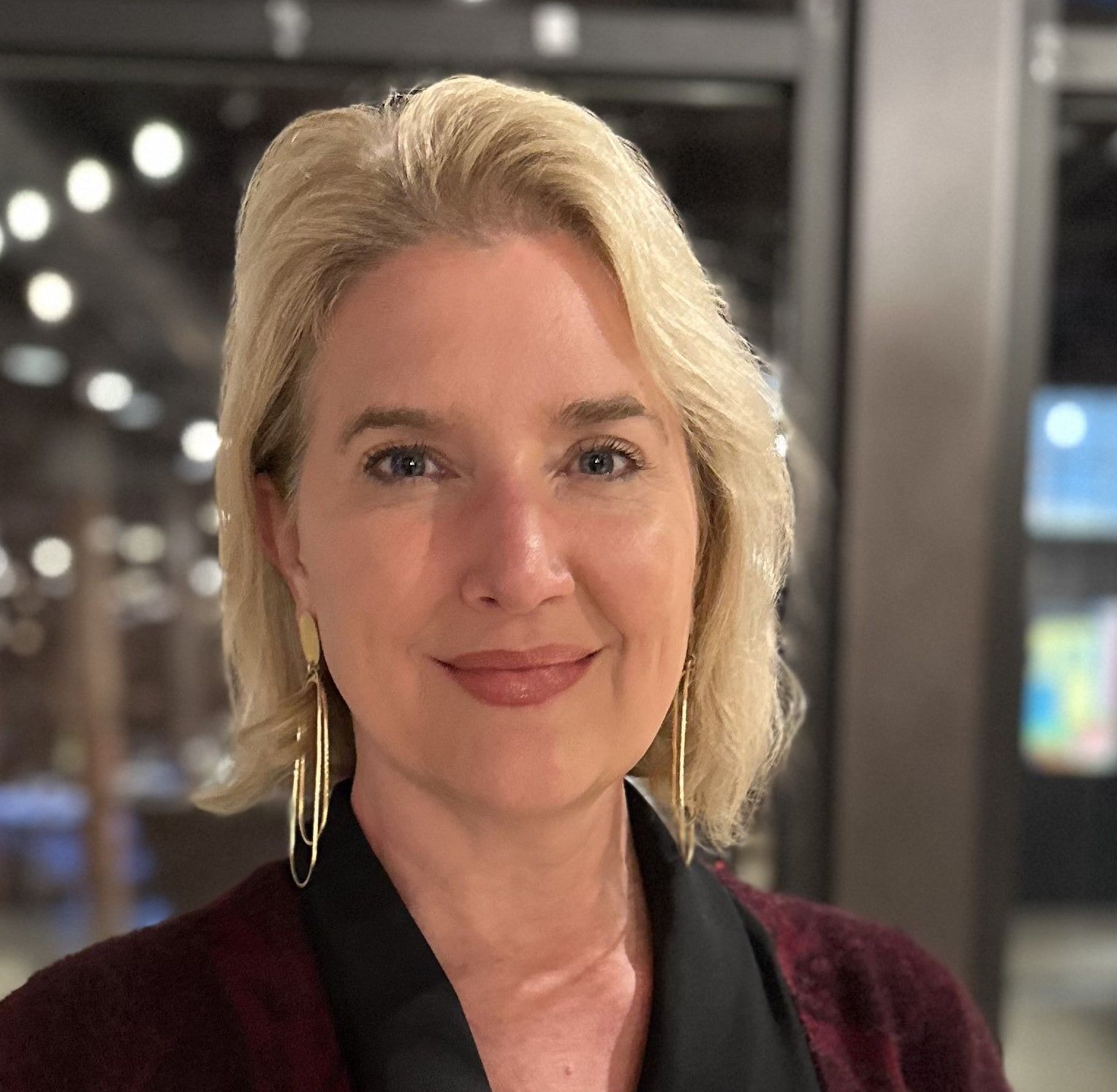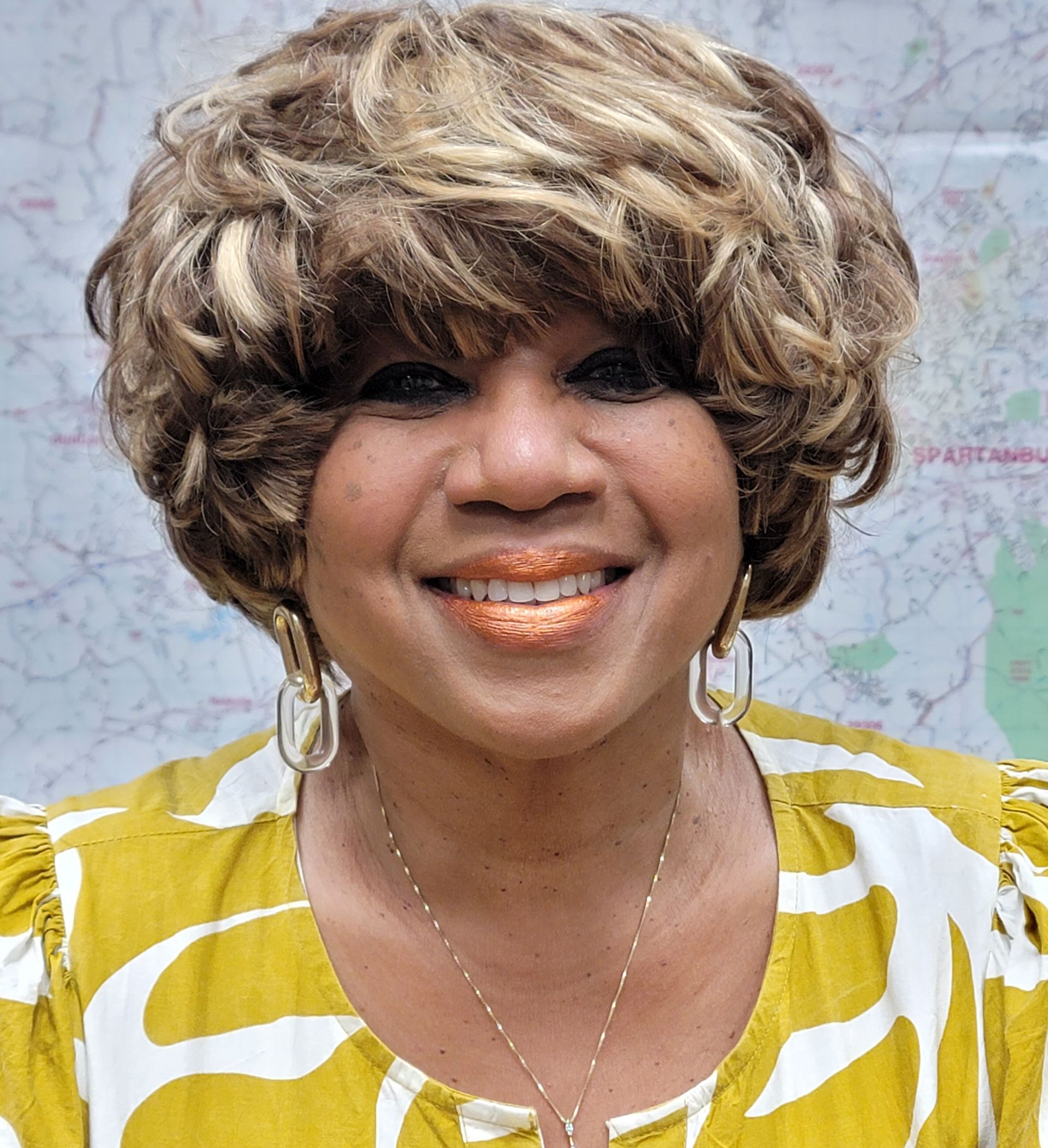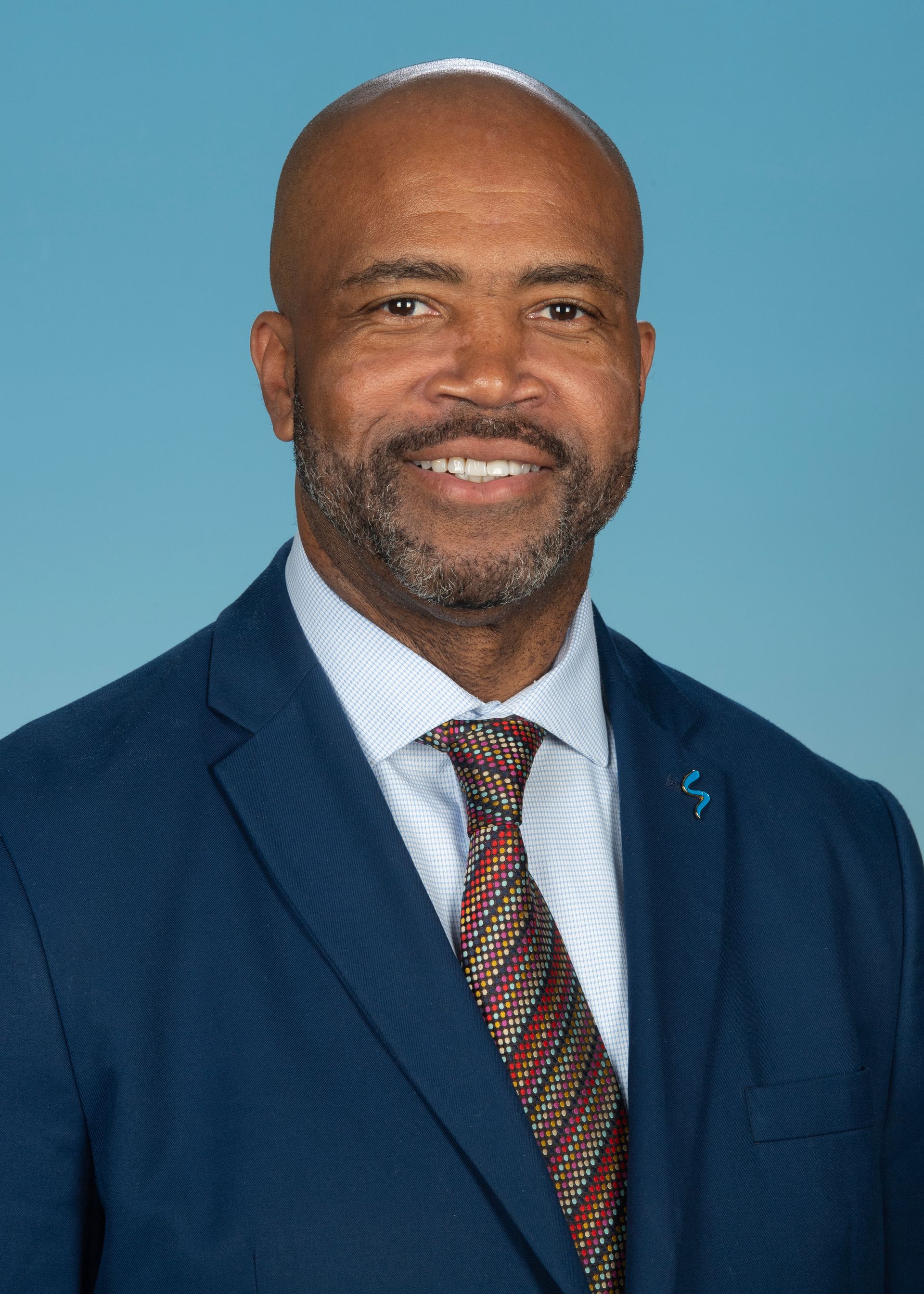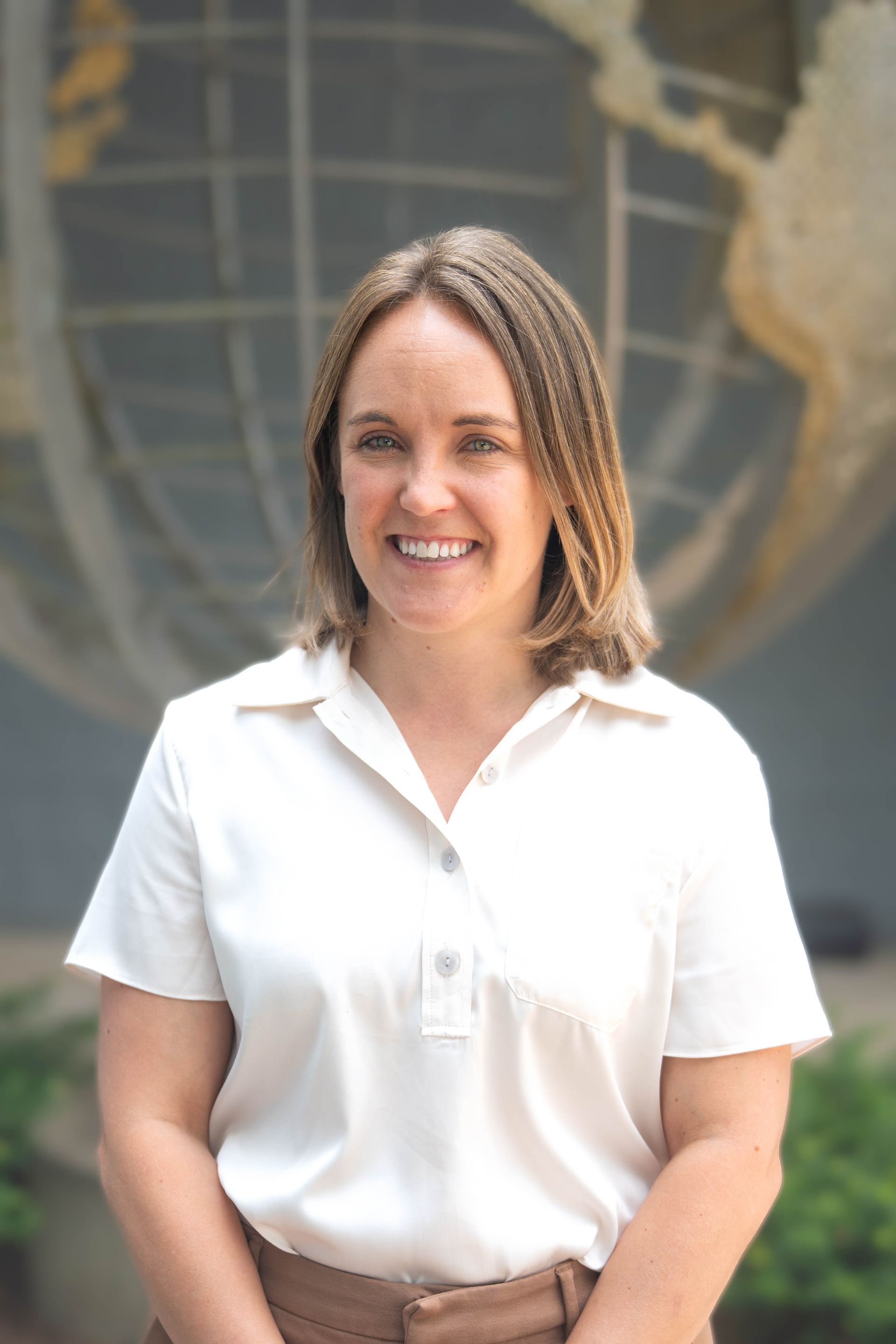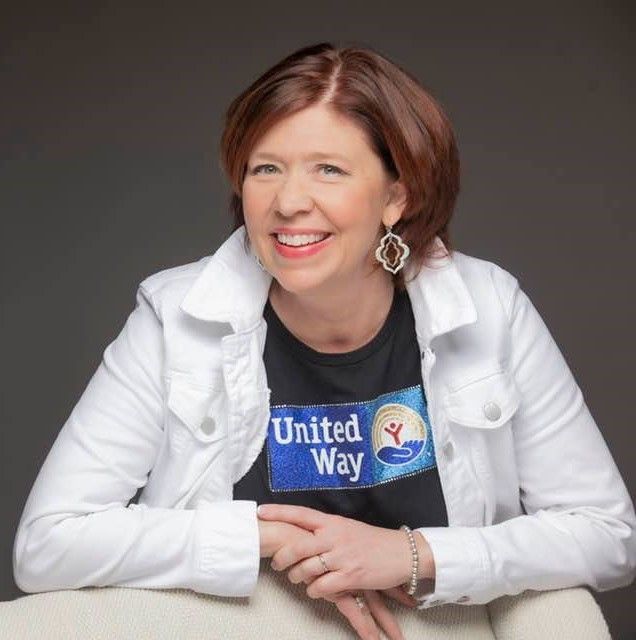ABOUT US
MEET THE APTCH TEAM
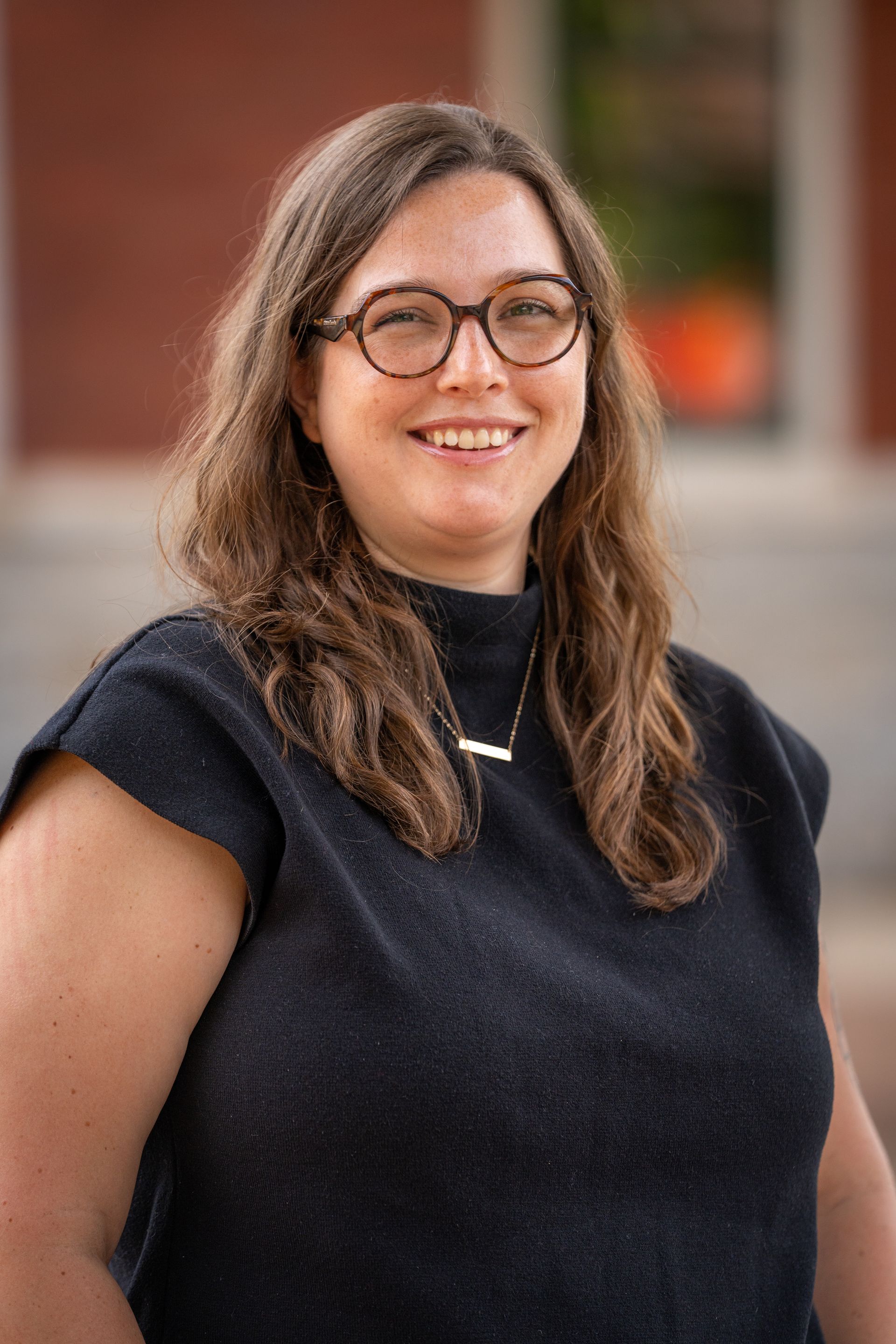
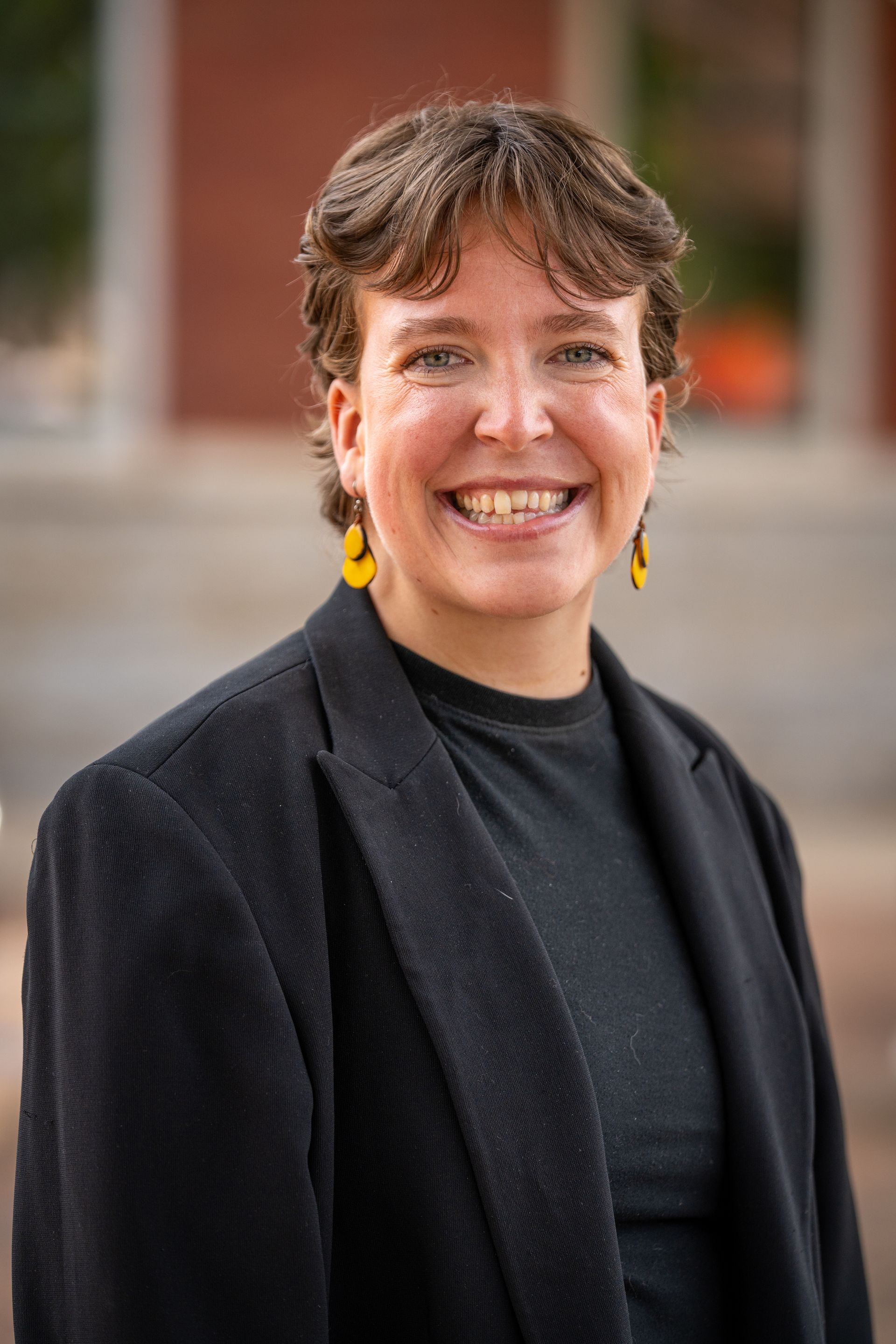

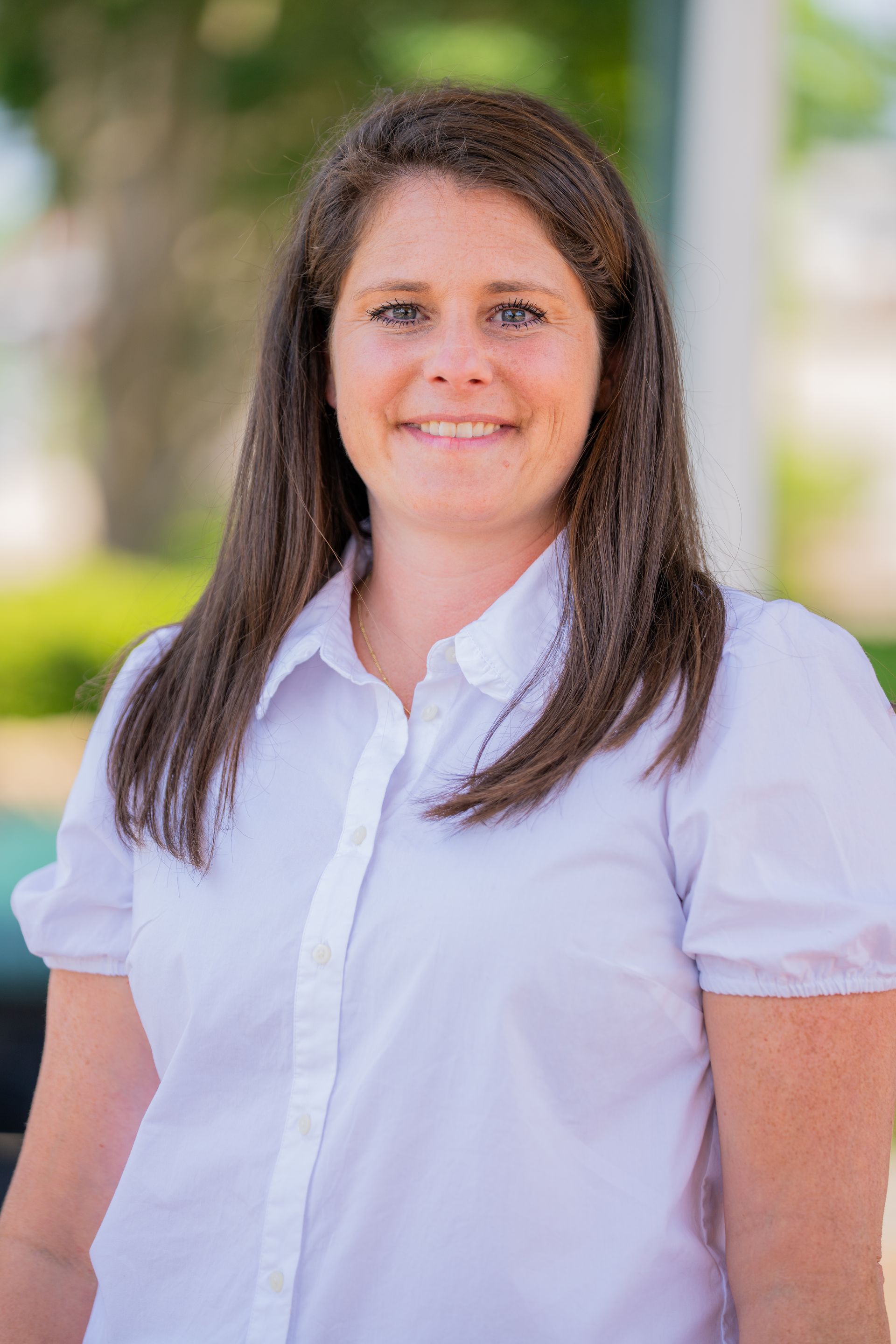
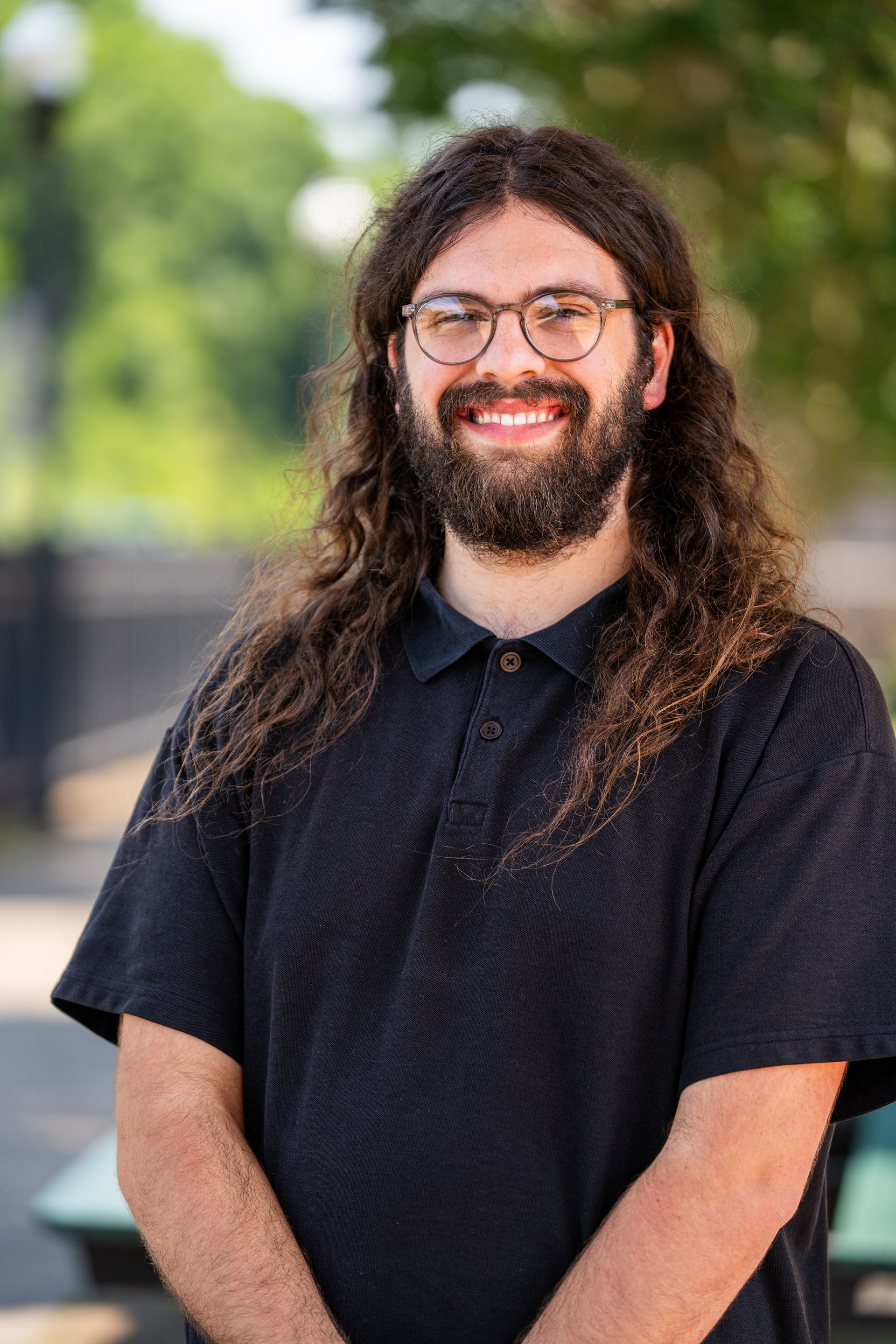

COMMUNITY ADVISORY COUNCIL
The Community Advisory Council is a group of 30+ local representatives who help guide the work of A Place to Call Home. Serving as a voice for the broader community, the CAC ensures that APTCH’s policies and programs remain relevant, accessible, and responsive to local needs and concerns. To learn more, email Lilly Simmons.
CURRENT OPEN POSITIONS
APTCH Spartanburg is now seeking two part-time HEART Ambassadors and one full-time HEART Community Resource Coordinator.
FREQUENTLY ASKED QUESTIONS
Is homelessness only a city challenge?
No. It might appear that way because homeless individuals are more visible and present downtown and in the City. But persons experiencing homelessness by definition often don’t have a single place to stay. Their experience might look like sheltered homelessness – moving around to stay in shelters, hotels, or even “couch surfing” with friends or family. Or it might look like unsheltered homelessness – staying in a place that is not meant for human habitation like cars, parks, sidewalks, or abandoned buildings. Homelessness is a challenge in the city, in the county, and beyond.
What are the top 5 needs of those who are homeless or unhoused?
During a session hosted by the Upstate Continuum of Care, persons experiencing homelessness in Spartanburg County indicated their three most important needs were a job, a home, and transportation. We also know that in Spartanburg County those who are seeking supports and services are frequently reaching out (211, web searches, etc.) for rental or housing payment assistance, help finding housing, electric service payment assistance, and the location of shelters.
How does homelessness affect health?
Health inequities are often found between people experiencing homelessness and those who are not. This is because people who are experiencing homelessness are less likely to access healthcare services like primary care and preventative services. Because homelessness impacts health and creates barriers to accessing care, people who are experiencing homelessness are more likely to be in poor health compared to people with housing.
A Place to Call Home refers to homelessness as a solvable problem. How is a solvable problem defined?
This is a good and important question for the entire community to wrestle with and answer. To us, solvable means that we can create a system to serve and house everyone in our community that is currently experiencing homelessness and ensure that homelessness is rare, brief, and non-recurring in the future. A reminder of the complete, shared vision of the effort: we envision a Spartanburg where homelessness is recognized as a solvable problem and where everyone has a safe, secure place to call home.
What is the biggest challenge to housing the homeless?
To ensure that everyone in Spartanburg County has a place to call home, Spartanburg County needs to expand its entire continuum of housing, specifically affordable housing. This continuum includes emergency shelters, transitional housing, supportive housing, community housing, subsidized housing, private housing, and home ownership. The county needs an effective, coordinated, and inclusive response to the immediate experiences those experiencing homelessness and more strategic links between homelessness and housing efforts.
So, what do we mean by "affordable housing"?
The US Department of Housing and Urban Development (HUD) defines affordable housing as a dwelling that costs 30% or less of a household’s income, including utilities. Most affordable housing developments are built for families and individuals with 60% or less of the area median income. In 2021, the median household income in Spartanburg County was $57,627. The median home sold price in Spartanburg County in November 2023 was $275,510 meaning a home/family income would have to be more than $160,000 to reach affordability. As of December 2023, the median rent in Spartanburg is $1,000.
Why is it so hard to expand the amount of affordable housing?
Affordable housing is more than just the cost of a place to call home. From a community perspective, affordable housing requires policies, structures, and economic conditions that ultimately make homes affordable (or not). These might include single- and multi-family home restrictions, development incentives, number of accessory units, land banks, housing trust funds, property management guidelines, licensing of landlords, emergency rental assistance, proximity to public transit, and parking requirements.
What about people who don't want to be housed?
This is an incredibly rare occurrence. Research tells us that there is no (large scale) evidence to support the notion that homeless persons are service resistant. People on the street often reject the option of the unknown—unfamiliar service providers; crowded, unsafe shelters—not housing in general. Services, supports, and organizations in our community should all adopt policies and practices that are low-barrier and meet people where they are.

